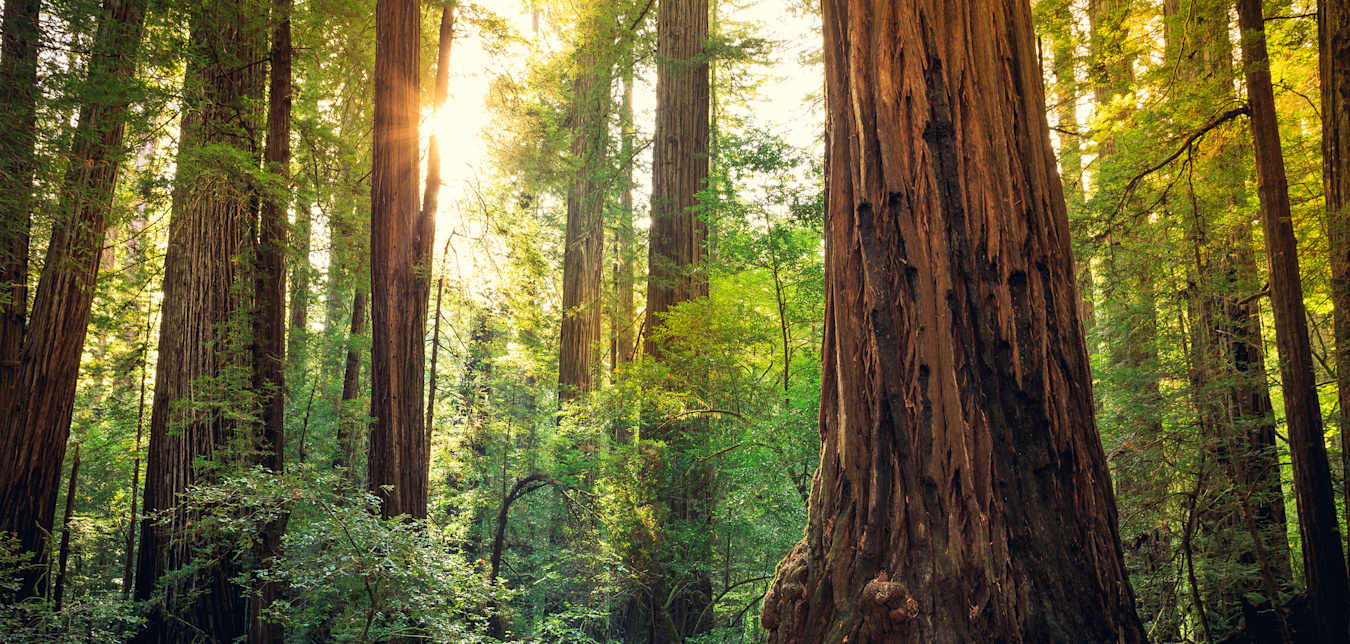Backyard Postcard

Submit your photo from a recent adventure in the West to [email protected] or tag us on Facebook or Instagram at #aaabackyardpostcard. Your image may appear in a future issue of Via.
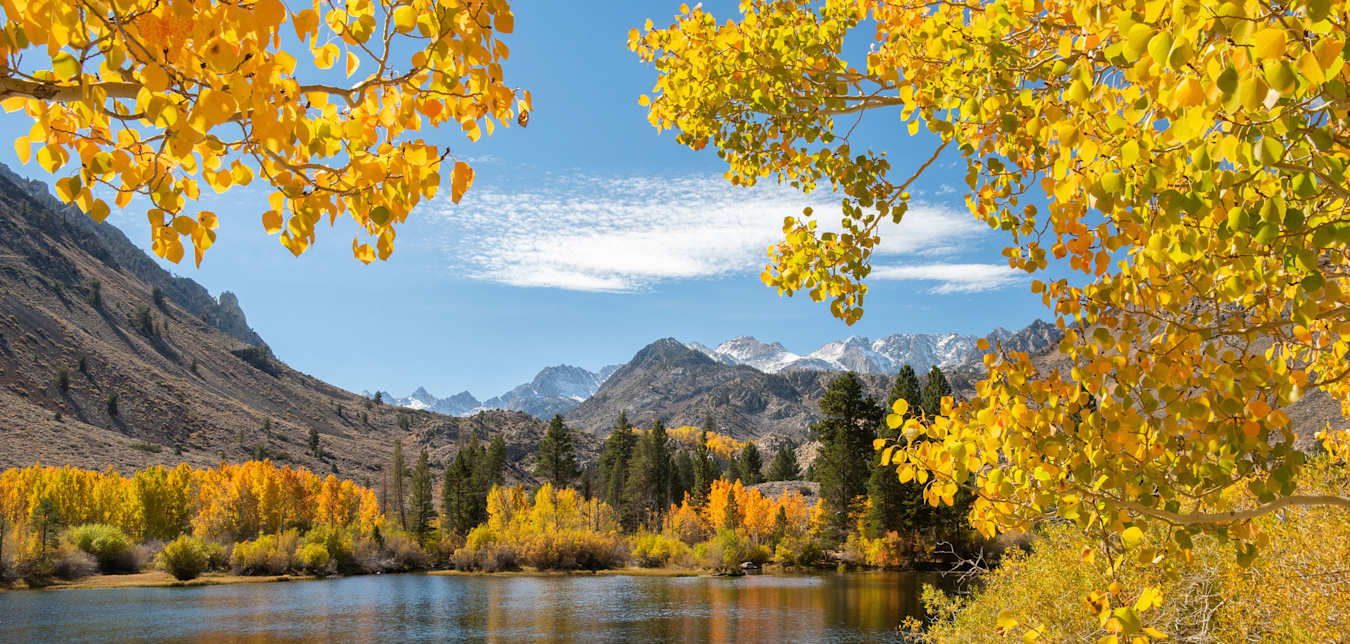
Fleeting Fall
Fall in California is often a fleeting season. Warm days give way to cool nights for only a short amount of time before the cold descends, blanketing the mountains in the Eastern Sierra with snow. It’s during this shoulder season, just when the nights turn crisp, that the slopes and valleys along Highway 395 burst into shades of orange, yellow, and crimson. One of the best places to see this vibrant foliage is just west of Bishop, California, along Bishop Creek. The colors here last just a few weeks, from late September—often just before the autumn equinox—into early October, making this rugged section of California’s iconic mountain range a popular stop on any fall road trip.
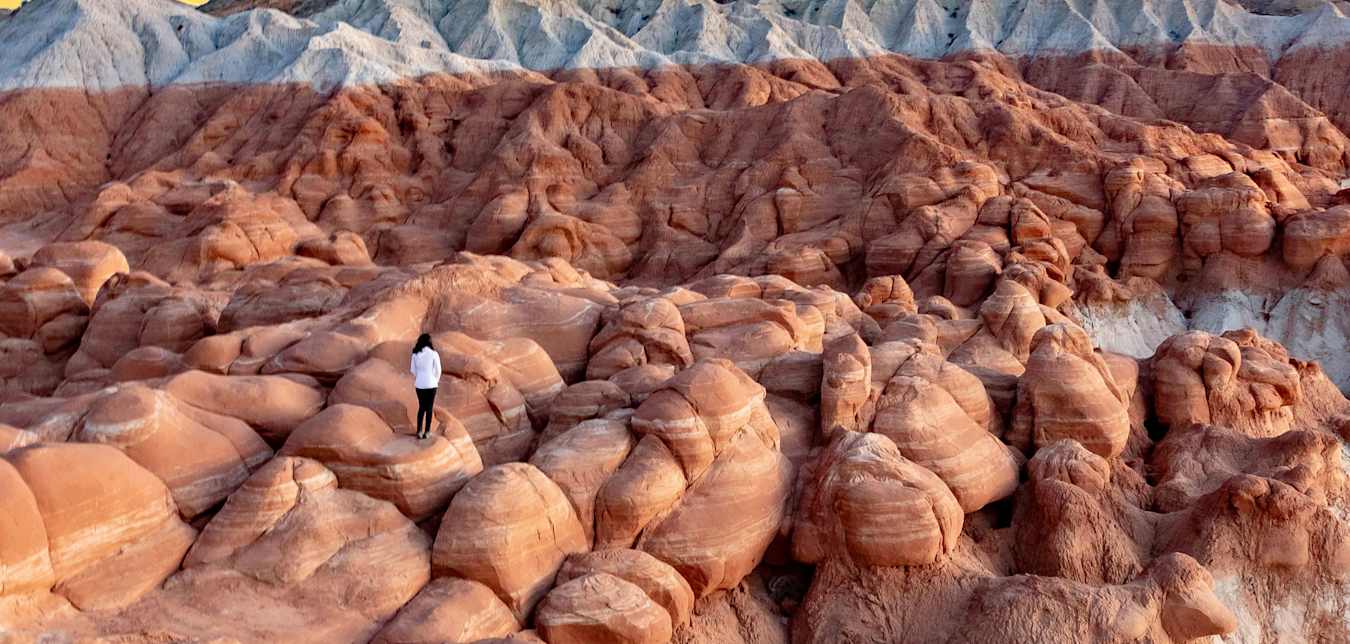
School of Rock
Named for the series of step-like plateaus between Utah’s Bryce Canyon and Arizona’s Grand Canyon, Grand Staircase Escalante National Monument is a vast, geological wonder. Its 1.8 million acres encompass a trove of treasures including slot canyons, natural bridges, and colorful cliffs in pink, gray, white, chocolate, and vermilion. While exploring near the “toadstools,” a cluster of sandstone hoodoos about 45 miles east of Kanab, Utah, AAA Member Ramesh Hegde stumbled upon this scene. His photo beautifully captures the strip where white and red badlands meet, shown in dramatic perspective thanks to the inclusion of his wife, Ashwini. “Every season in Utah has its own charms,” he says. “My favorite thing about summer is the long daylight hours that allow you to venture deep into the outdoors and explore hidden gems.” —LeeAnne Jones

Looking Sharp
At nearly 30,000 acres, White Tank Mountain Regional Park is the largest in Arizona’s Maricopa County. AAA Member Annemarie Comes lives about an hour and a half away in Mesa, and visits occasionally to hit the hiking trails and take pictures of the beautiful desert landscape—especially during the dramatic light of sunrise and sunset. She photographed these cholla cacti (commonly called “teddy-bear cholla,” but please don’t hug!) not far from the park entrance. In May and June, they will sprout small, yellow-green flowers at each tip of each stem. “All of the cacti add a special layer of texture that one doesn’t find anywhere else but the desert,” says Comes. “Even the needles glow as the sun reflects off of them.” —LeeAnne jones

Bridge to Beauty
Jagged, snowcapped mountains and towering conifers surround glacially carved Jenny Lake in Grand Teton National Park. AAA Member Samantha Hartman, who lives in nearby Evanston, Wyoming, visits about twice a year and snapped this photo from a footbridge on the Jenny Lake Loop trail. The 7.6-mile roundtrip hike doesn’t gain much elevation but offers exceptional views of the Tetons’ tallest peaks, known collectively as the Cathedral Group: Mount Owen, Grand Teton, and Teewinot. Hartman, a self-employed woodworker, says travel has a huge influence on her work. “Visiting places like Grand Teton National Park helps keep me inspired and refreshed,” she says. “If I am experiencing a creative block, I find that spending the day outside with my pup, Roxy, does wonders!” —LeeAnne Jones
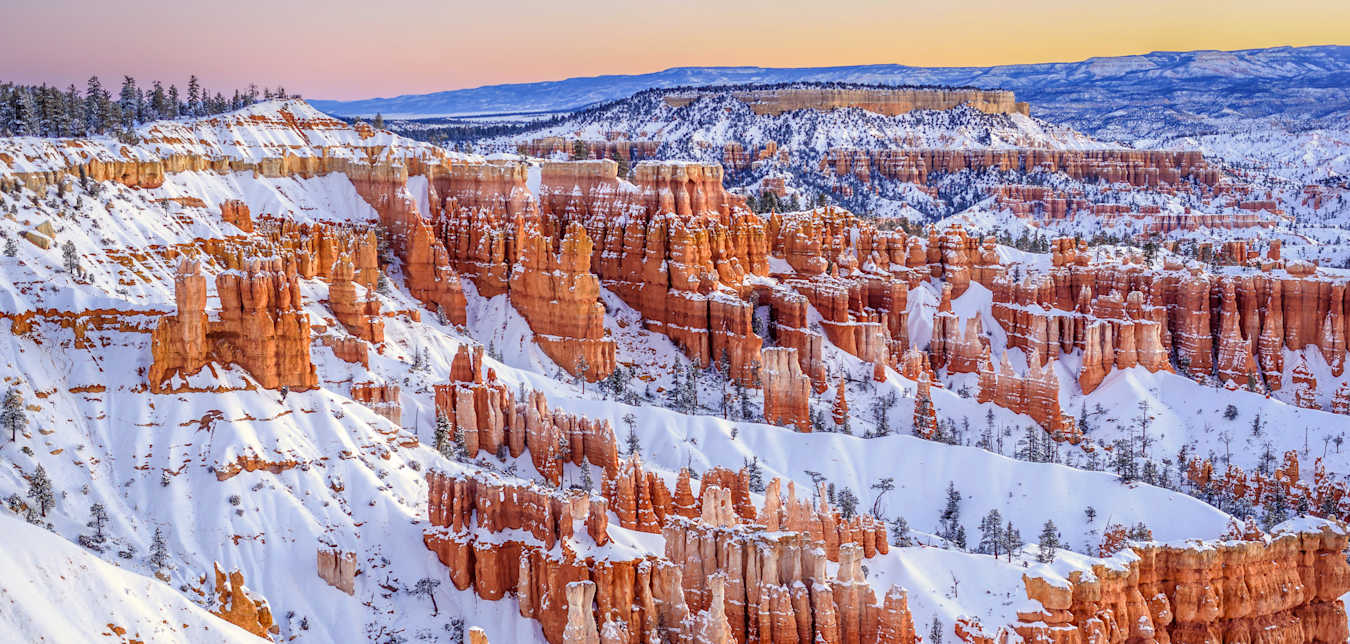
Spires in Snow
Thousands of hoodoos are the stars of Bryce Canyon National Park. The rock spires have been sculpted over centuries by snow and ice: Melting water seeps into cracks during the day, then refreezes and expands overnight, eroding the rock and breaking it apart. AAA Member Bob Grove lives about an hour away in La Verkin, Utah, and has spent the last 30 years guiding tours of the area. Winter is his favorite season—when the snow adds contrast to the palette of red, orange, and pink—but it’s also very cold, especially at 8,300-foot Bryce Point. “Sunrise and twilight are the two coldest times of day,” he says, “and I risk losing fingers to capture what I consider the best of what Bryce is.” He recommends hand and toe warmers, microspikes for boots, and a thermos full of hot cocoa. —LeeAnne Jones
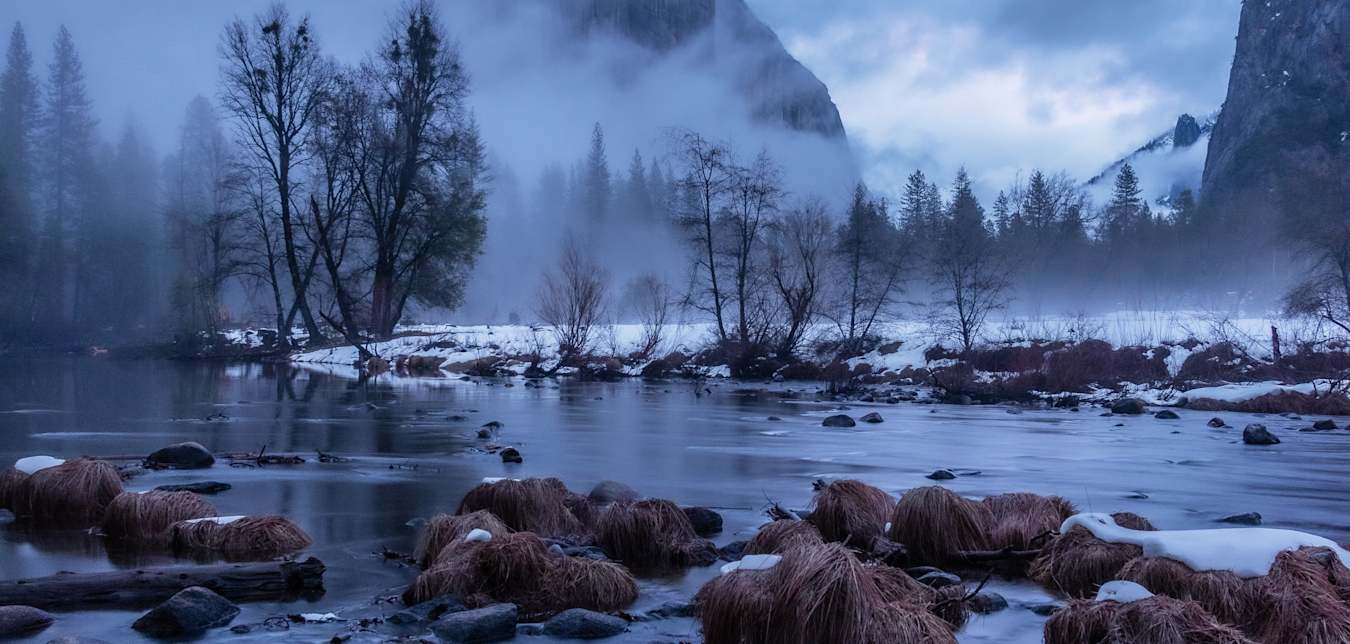
Valley Blue
Earlier this year, AAA Member Ramesh Hegde went to Yosemite National Park to capture the “firefall” light phenomenon—when the winter sun hits Horsetail Fall at the right angle and the water glows fiery orange and red—but the weather didn’t cooperate. However, his luck changed that evening at the iconic Valley View pull-out alongside the Merced River. “With the clouds and fog, this scene turned out to be mesmerizing and magical,” he says. “Yosemite never disappoints.” —LeeAnne Jones

Cinema Paradiso
Watching movies under the stars conjures up nostalgic memories of drive-in movies, but AAA Member Tom Fragala brought the pastime to life in his own backyard after finding an affordable movie projector online. “I had seen the idea a while back and it always stuck in my mind. When I found the projector, I decided to go all in and give it a try,” says the Phoenix resident. For a screen frame, “I used PVC pipes as a low-cost alternative” he says, “and it’s very easy to piece together, dismantle, and store when needed. The screen goes to 10 feet wide.” Fragala, his wife, and their two daughters, ages 9 and 10, have enjoyed family favorites such as Willy Wonka & the Chocolate Factory and Star Wars. This summer, Fragala plans to set up alfresco film nights when family members can once again visit his home. “In past years, we spent so many hours outside in the pool,” he says. “Now we have this cool reason to spend nights outside, too!” —Via staff

Springtime Sunshine
Hikers entering Briones Regional Park from the trailhead at Old Briones Road are rewarded right away with a meander through old oaks—especially lovely in spring when the usually-golden grass turns a vivid green and wildflowers begin to open. Twenty miles east of San Francisco, this park also boasts panoramic views of area landmarks: Mount Diablo, Mount Tamalpais, and the Sacramento River and Delta can all be seen from Briones Peak. It’s a favorite place for Member Kevin Schofield, who lives in neighboring Pleasant Hill. “I enjoy visiting at least once a month. Sometimes solo, sometimes with friends, and sometimes with family, but always with a camera,” he says, noting that he carries it in hand instead of tucked in a bag. “Sometimes photographic opportunities are so fleeting, you will miss them if you’re not ready.” —LeeAnne Jones
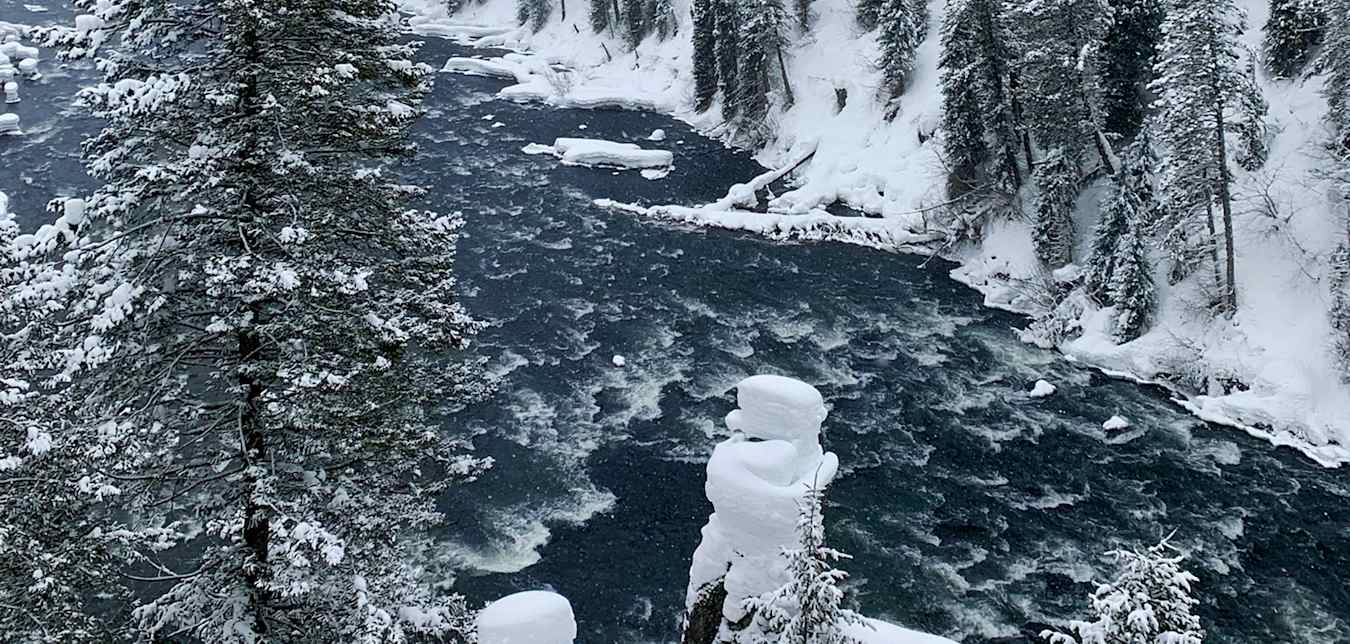
Winter Wonder
In Eastern Idaho, about 60 miles outside Yellowstone National Park, Upper Mesa Falls is a popular summer detour. But for those who make the trip in winter, when roads are closed, a special kind of magic awaits. Last February, AAA Member Beatriz Diaz, of Pocatello, joined a nine-mile cross-country skiing excursion, reaching the viewing platform above Henry’s Fork of the Snake River. There, snowflakes fell silently amid the roar of the nearby falls, and pinnacles of volcanic rock became snowmen. “I felt very alive and proud of myself for pushing my body to its limit,” says Diaz. “I was so grateful for being there, and it made me realize there is so much to explore in our beautiful state.” —LeeAnne Jones

